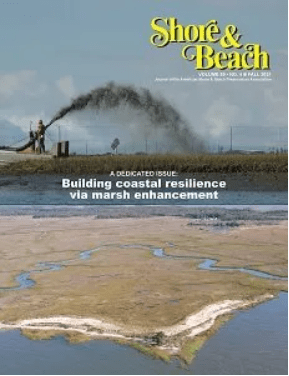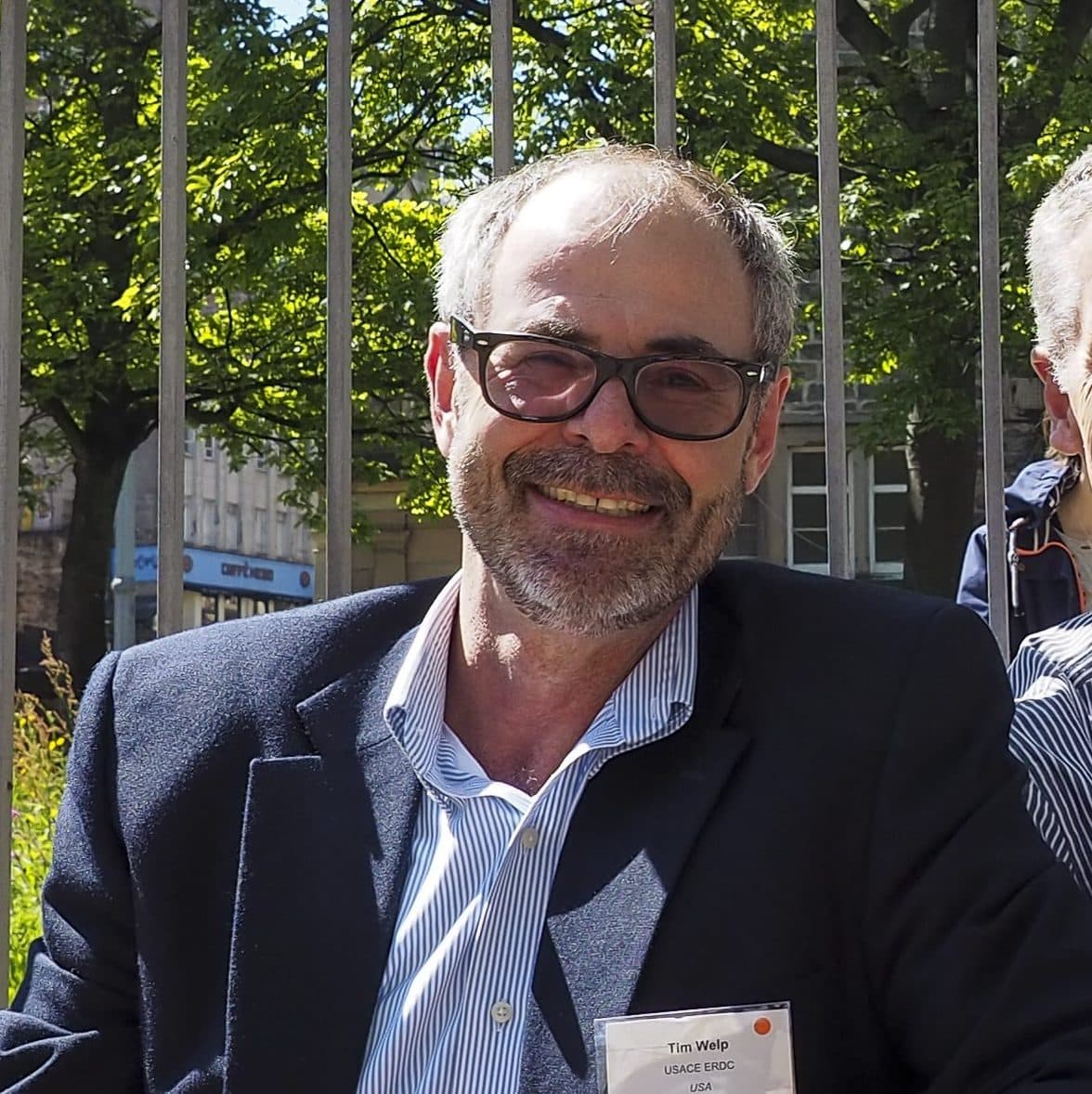This issue of the Journal of the American Shore and Beach Preservation Association shares the current “State of the Practice” for marsh enhancement through sediment management. The articles draw experience from case studies on Seal Beach National Wildlife Refuge (California), Blackwater National Wildlife Refuge (Maryland), Lightning Point shoreline restoration project (Alabama), beneficial use case studies from New Jersey and Louisiana, sea level rise adaptation strategies from the Texas coast, and finally, one of the first applications of thin cover placement (sometimes referred to as thin layer capping) for restoring legacy contaminated sites from the Brunswick Estuary (Georgia).
Also announced in the issue is an in-progress, national guidance document on “Thin Layer Placement of Dredged Material” which includes placement on marshes. A preview of the coming guidance is shared in the first article of this issue (page 4). The guidance is a culminated review of the planning, permitting, design, construction, and monitoring lessons learned from a number of case studies from around the U.S., and also compiles input from industry experts gathered through an in-person technical workshop in 2018 hosted by the U.S. Army Engineer Research and Development Center (ERDC). The guidelines are planned to be published in 2022.


The fall issue of Shore & Beach is special in that it remembers Tim Welp and his contributions to the dredging industry. Tim was an ERDC Researcher who advanced the principles of engineering with nature through innovative dredging practices and sediment management. Read more on page 3.
Our partners at the American Shore & Beach Preservation Association have made Shore & Beach Volume 89(4), Fall 2021, on “Building Coastal Resilience via Marsh Enhancement” available to our Engineering with Nature web page visitors. We are grateful for this opportunity to share the issue and encourage everyone to visit www.asbpa.org and learn more about the ASBPA and their dedication to preserving, protecting and enhancing our coasts by merging science and public policy.




